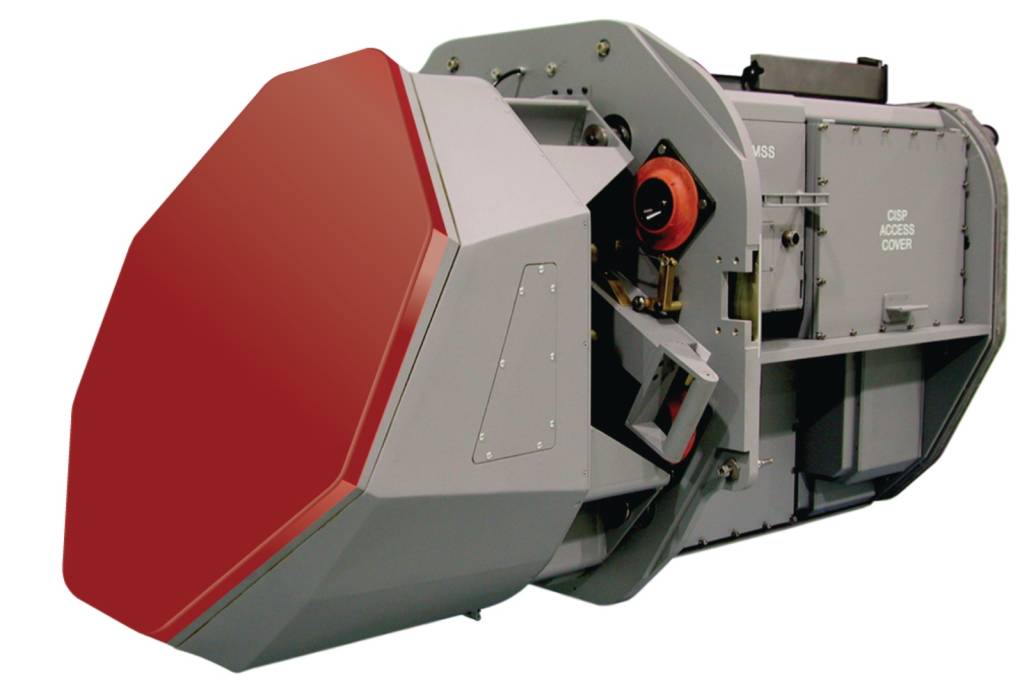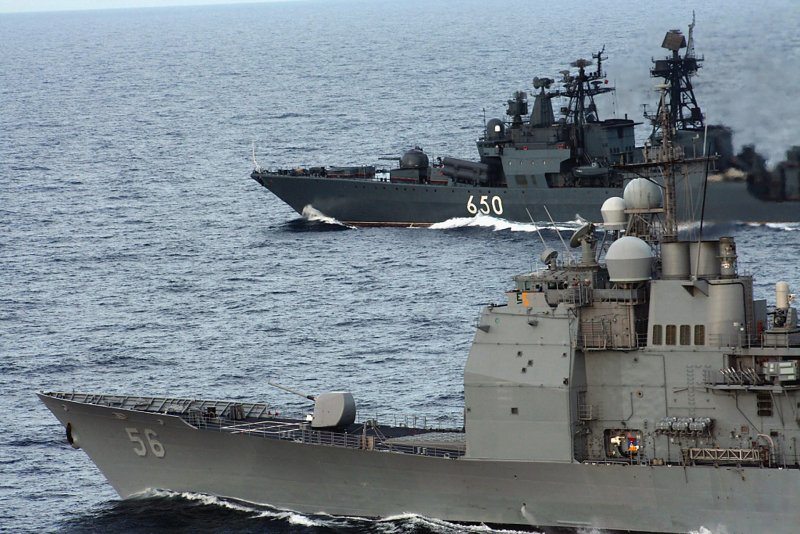A successful flight test of the Raytheon-built APG-79(V)X AESA radar system has demonstrated the functions needed to extend the combat relevance of F/A-18C/D Hornet aircraft for 15 to 20 years. Hornet fleets upgrading to the new APG-79V(X) radar will receive Super Hornet-like capabilities, including:
- extended detection ranges
- simultaneous air-to-air and air-to-ground capabilities
- production of high-resolution synthetic aperture radar (SAR) mapping
- industry leading reliability
“We put our latest AESA radar to the test, and it exceeded our expectations,” said Mike “Ponch” Garcia, business development director of Tactical Airborne Systems for Raytheon’s Space and Airborne Systems business, and a former F/A-18E/F Super Hornet pilot/instructor. “Our APG-79(V)X combines the best features of our AESA portfolio to maintain tactical advantage for F/A-18C/D aircraft.”
Since fielding the world’s first operational AESA radar for airborne platforms in 2000, Raytheon has delivered more than 500 tactical AESA radars for F-15, F/A-18E/F, EA-18G and B-2 aircraft. The APG-79 system, a U.S. Navy program of record, flies globally on F/A-18E/F Super Hornets and EA-18G Growlers, and has seen service in four combat theaters since its first delivery in 2006.
“Our experience with AESA radar systems ensures a low-risk transition to the APG-79V(X). Installations require less than 60 minutes,” said Roy Azevedo, vice president for Raytheon’s Space and Airborne Systems business. “In these uncertain economic times, when defense budgets are particularly tight, Raytheon’s APG-79V(X) radar offers a proven, cost-effective solution for Hornet life extension, as well as significant opportunities for in-country manufacturing partnerships.”











